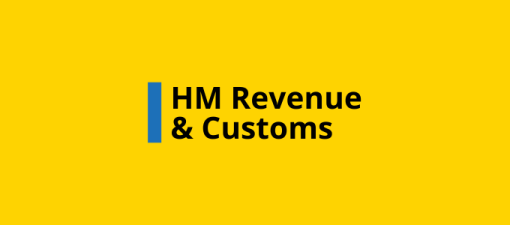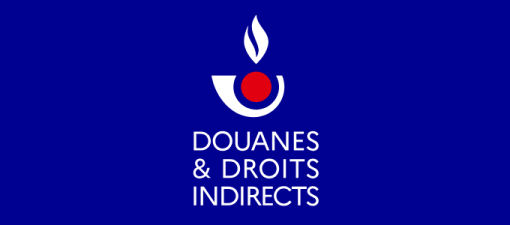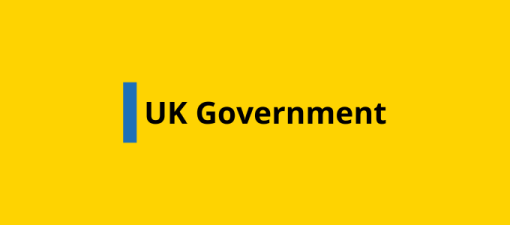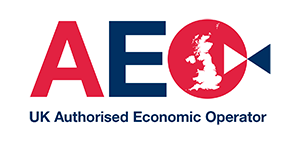CustomsLink is the best solution for groupage operators. Our Haulier Border Toolkit automatically groups all the consignments which you are shipping in the same vehicle, so that you can easily request your port pass and the haulier can make his journey with no disruption.
No, you will also need to make sure that the EU customs clearance is arranged, as you require an export and an import for each movement.
If your buyer/supplier in the EU is arranging this, all you need to do is input the EU MRN (Movement Reference Number) into CustomsLink alongside your UK customs entry and the Haulier will be able to complete the movement.
2 hours is the minimum time but the EU recommend at least 24 hours in advance.
Nie, musisz również upewnić się, że odprawę celną UE załatwiono, ponieważ każda przesyłka wymaga odprawy eksportowej i importowej.
Jeśli Twój nabywca/dostawca w UE zajmuje się tym, wystarczy, że wprowadzisz numer MRN (numer referencyjny przesyłki) UE do CustomsLink wraz z brytyjskim zgłoszeniem celnym, a przewoźnik będzie mógł zrealizować przesyłkę.
Dokonać zgłoszenia celnego może każdy, kto jest do tego upoważniony przez swoją firmę, jednak należy pamiętać, że tylko firmy mające siedzibę w danym kraju mogą tam złożyć zgłoszenie.
Przykład:
Brytyjska firma nie może złożyć deklaracji we francuskim urzędzie celnym (chyba że ma francuską spółkę zależną lub francuski podmiot, który chce działać jako przedstawiciel prawny).
Dowiedz się więcej o tym, gdzie CustomsLink może pomóc Ci wypełnić deklaracje celne tutaj.














